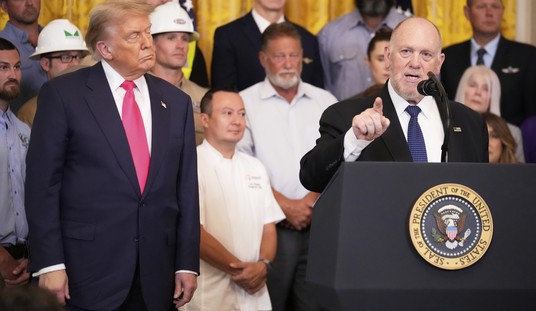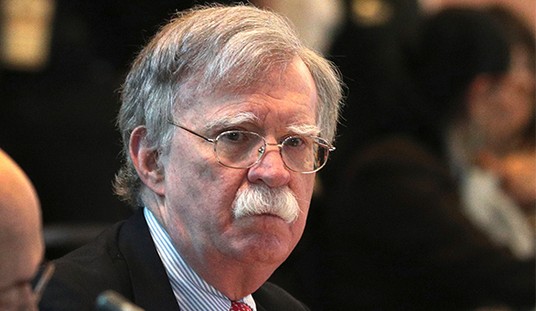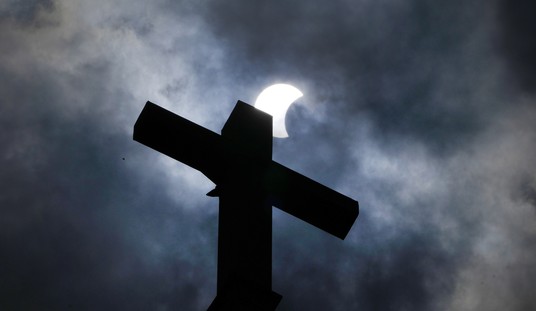Two U.S. Air Force supersonic B-1B bombers flew with South Korean and Japanese warplanes in a joint exercise Saturday in a response to North Korea’s Thursday test of an intercontinental missile. That missile landed just 124 miles from Japan in the East Sea.
South Korean military’s Joint Chiefs of Staff described the maneuvers in a statement:
“South Korea and the US conducted a joint air drill today with the US Air Force’s B-1B strategic bomber redeployed on the Korean peninsula,” they said, adding that the drill saw the participation of some of the most advanced jets in the US and South Korean air forces which also included the F-35 stealth fighter.
Earlier today, U.S. Air Force (🇺🇸) B-1B bombers and F-16 fighter jets conducted an combined air exercise with South Korean (🇰🇷) F-35s.
Likely in response to yesterday’s ICBM test by North Korea (🇰🇵). pic.twitter.com/BtCC1GLfqR
— Aerospace Intelligence (@space_osint) November 19, 2022
The supersonic jet reportedly triggers North Korean Supreme Leader Kim Jong-un:
The B-1B – which reportedly irks Kim over its ability to deliver a massive payload of conventional guided and unguided weapons – has been dubbed the “backbone” of the U.S.’s bomber force according to a statement by the U.S. Air Force.
“It can rapidly deliver massive quantities of precision and non-precision weapons against any adversary, anywhere in the world, at any time,” the statement said, adding that its “low-radar cross-section” allows the bomber to form “an integrated, robust defense system that supports penetration of hostile airspace.”
As RedState’s Susie Moore reported on Thursday, North Korea launched an intercontinental missile after threatening a “fiercer” military response to the U.S. and its increasing cooperation with South Korea and Japan.
In a statement carried by the state-run Korean Central News Agency (KCNA), North Korean Foreign Minister Choe Son Hui said the US’ strengthening of extended deterrence to allies in the region “is gambling for which it will certainly regret.”
The greater the US defense presence in the region, “the fiercer (North Korean) military counteraction will be, in direct proportion to it,” Choe said.
The test came on the heels of President Biden’s visit to Bali, Indonesia for the G20 summit and a meeting with Chinese President Xi Jinping. Further upsetting Kim, Biden also attended the East Asia Summit in Cambodia on November 13. The AP reports:
President Joe Biden and the leaders of Japan and South Korea on Sunday vowed a unified, coordinated response to North Korea’s threatening nuclear and ballistic missile programs, with Biden declaring that the three-way partnership is “even more important than it’s ever been” when North Korea is stepping up its provocations.
The ICBM launched by Kim, the Hwasong-17, is especially concerning because it is reportedly capable of reaching almost anywhere in the world. Japan has requested an emergency meeting of the U.N. Security Council regarding the danger.
It’s hard to know whether joint drills or Security Council meetings will have an effect on the leader of the Hermit Kingdom. Still, it’s not a bad idea to remind the despot of what will come down on him should he actually attack South Korea or Japan.
Watch the history of the B-1B:














Join the conversation as a VIP Member